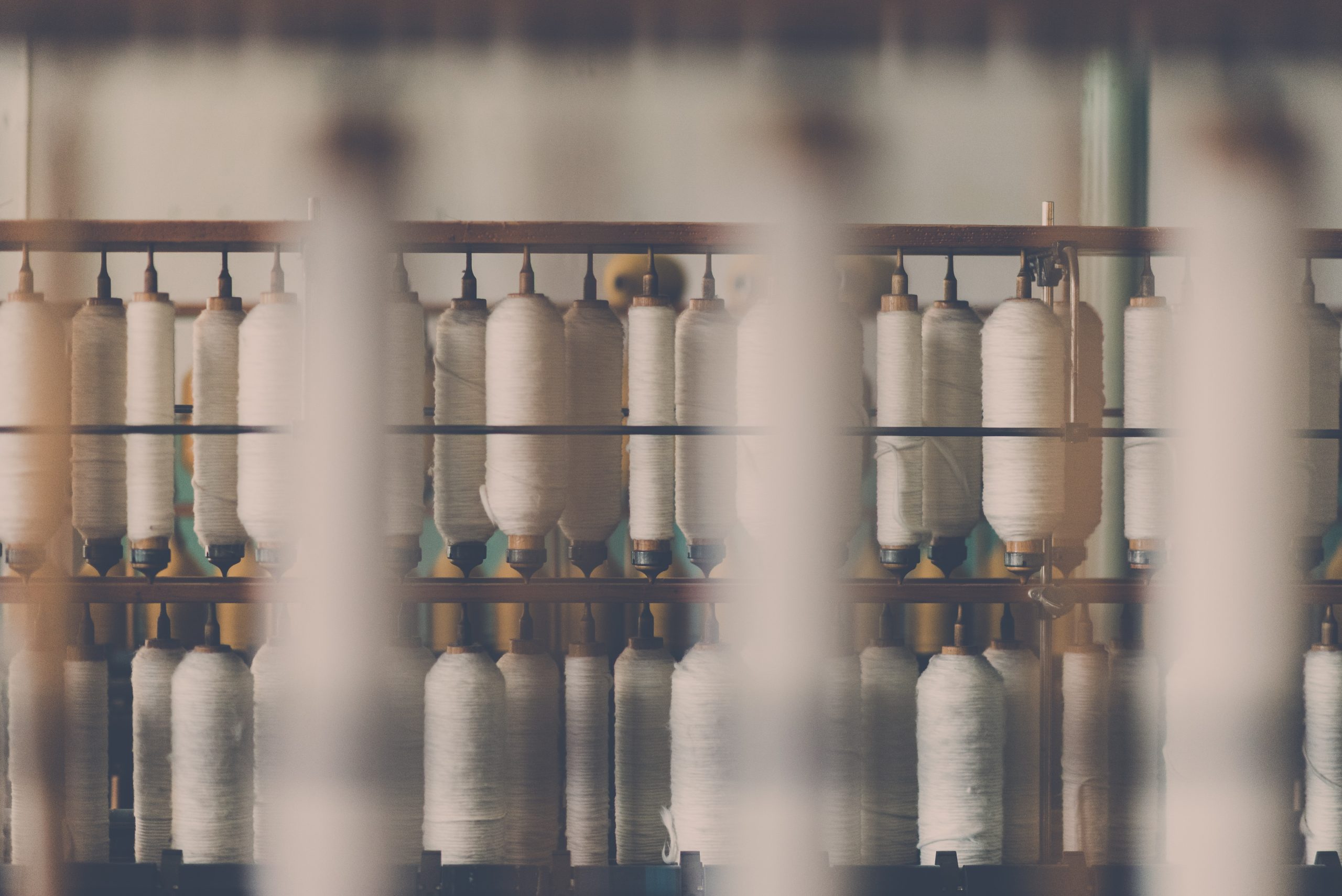Ventilation is the provision of air motion in a space by circulation or movement of air through space. Its primary goal is to remove excess heat, water vapour, carbon dioxide dust, and other pollutants from textile businesses. emitted by machinery, processes, and workers In general, ventilation acts as a conveyor for adding and removing heat and humidity.
What is ventilation and why is it required in the textile industry?
Controlling the thermal atmospheric environment for humans, materials, and equipment is critical. Using a controlled environment, we can boost output, minimise waste, improve comfort levels, and achieve higher product quality. Any combination of natural or mechanical supply and exhaust can be used for ventilation.
How Can I Get Ventilation?
One of our textile warehouses in Brisbane, Australia recently got a refit completed. We enlisted the help of Sigrist Design. Not only are they some of the nicest and most efficient in the business but they were able to assess our specific situation and provide custom ventilation and fans to suit our warehouse. They didn’t just provide ventilation options either but were able to offer us options for dust collectors. We would highly recommend Sigrist Design and you can check out their custom ventilation options here.
Natural air circulation
Wind force, convection, or a combination of the two create natural ventilation. It is an efficient and cost-effective method in the business for removing heat from hot equipment in the department and surplus steam in various reactions. Hoods employ convective ventilation due to low air velocity, high structures with big exhaust and intake ports, and high interior heat.
Although natural ventilation is less expensive, it cannot be depended on since changes in outside air conditions and internal temperature considerably influence the ventilation system. There are several restrictions on the maximum draught available. As a result, a large ventilation system was required.
Mechanic air circulation
A duct system is used in mechanical ventilation in textile industries to transport and disperse the air, giving appropriate ventilation to all portions of the structure. This type of distribution allows for appropriate airflow in space without unpleasant draughts and temperature satisfaction.
The ventilation system must be adequate, and the volume of air circulation must be proportional to demand; excessive ventilation must result in fuel waste. The number of complete air changes per hour can be used to calculate ventilation rates.
Exhaust
Exhaust ventilation is commonly utilised in dye houses to remove odours, fumes, dust, and heat from enclosed inhabited spaces. This may be accomplished using radial blade axial flow or traditional centrifugal fans.
What are the benefits of ventilation?
The likelihood of widespread infection is considerably decreased if the factories are kept sufficiently ventilated. And operators prefer to perform best in a positive environment.
Second, if the mill is in an industrial region with significant sources of air pollution. A typical air conditioning plant has little effect on the dirtiness of the air. Fabrics are prone to sail in such an environment due to electrostatic attraction or dust deposition on the quickly moving loom components, therefore air must be filtered before conditioning.
Ventilation leads to increased output, reduced waste, a more comfortable environment in the shed, and better product quality.
Ventilation plants are typically intended for summer use and function at a reduced capacity throughout the winter months.
What exactly is space heating?
Controlling thermal atmospheric conditions is critical for textile mills. Space heating is used to manage the temperature of a department, particularly in the winter, by applying heating techniques. Because the space heating need varies by department, different heating arrangements are employed in other areas.
Space heating in spinning and weaving
Radiant heating using steam, hot water, or panel heating may be used in spinning and weaving department unit heaters.
Heaters for units
If unit heaters are utilised, they must be carefully planned throughout the installation process. They can be suspended from the roof to avoid encroaching on the floor area. Or stood on the floor, delivering a powerful horizontal blow with a lower propensity for air to ascend to the ceiling.
However, more warp breakages have been noticed throughout the winter. Because of the warp being overheated and dried as a result of frequent contact with hot air provided by a fan. As a result, unit heaters are no longer utilised in weaving.
Heating using steam or hot water
The heating media might be steam, high-pressure or low-pressure hot water. Battery with a finned tube heat exchanger, often constructed of copper. It receives steam or hot water from the central boiler plant. It is widely utilised because of its compactness and low cost.
Modern steam systems are easily adaptable to various industrial applications due to their flexibility and adaptability.
Heat regulation is challenging for steam. As a result, the condensate pipe surfaces corrode. Also present was the odour of baked dust particles on the heated steam pipe surface.
Radiant heating strips
The most effective radiant strip heating is replacing the integrated pipe coil heating of walls and floors. As a result, concrete or fire brick blocks are used to heat the flooring. And electric-heated walls are currently in use. The shed’s installed H.P. and lightning intensity also helps to raise the temperature of a space by turning part of the electrical energy into heat losses.
Space heating concept in dying and finishing
There is no need for space heating; instead, appropriate ventilation is required to remove heat measured by machines, especially during the warmer months.

 When it comes to a
When it comes to a  The latest data from economic forecaster points to improved consumer spending, however, the growth is expected to come largely from online sources. IBISWorld information analysts suggested online…
The latest data from economic forecaster points to improved consumer spending, however, the growth is expected to come largely from online sources. IBISWorld information analysts suggested online…